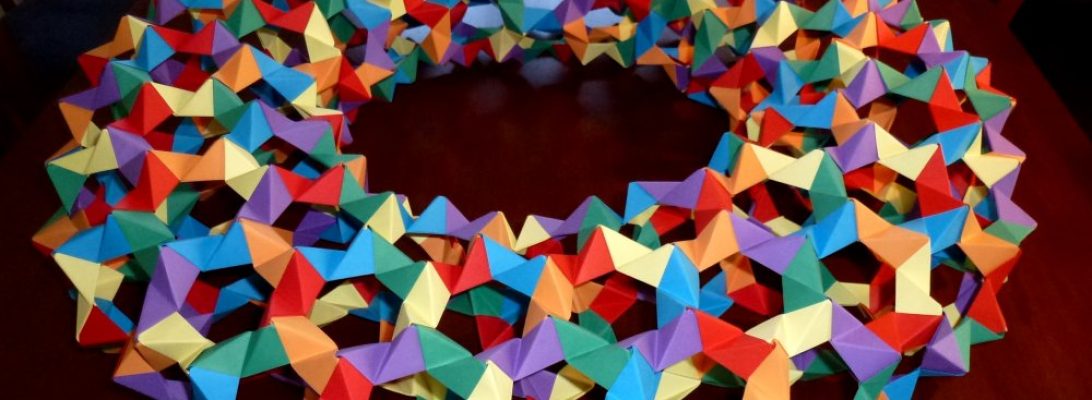2019 is the Year of the Pig – a fresh page that you are free to form anyway you choose:

There are a pair of pig models in Tanteidan 172 I mean to try, this is the first – a wild boar piglet. Little known fact: boar piglets have stripes (presumably for camouflage) while vulnerably young.

















